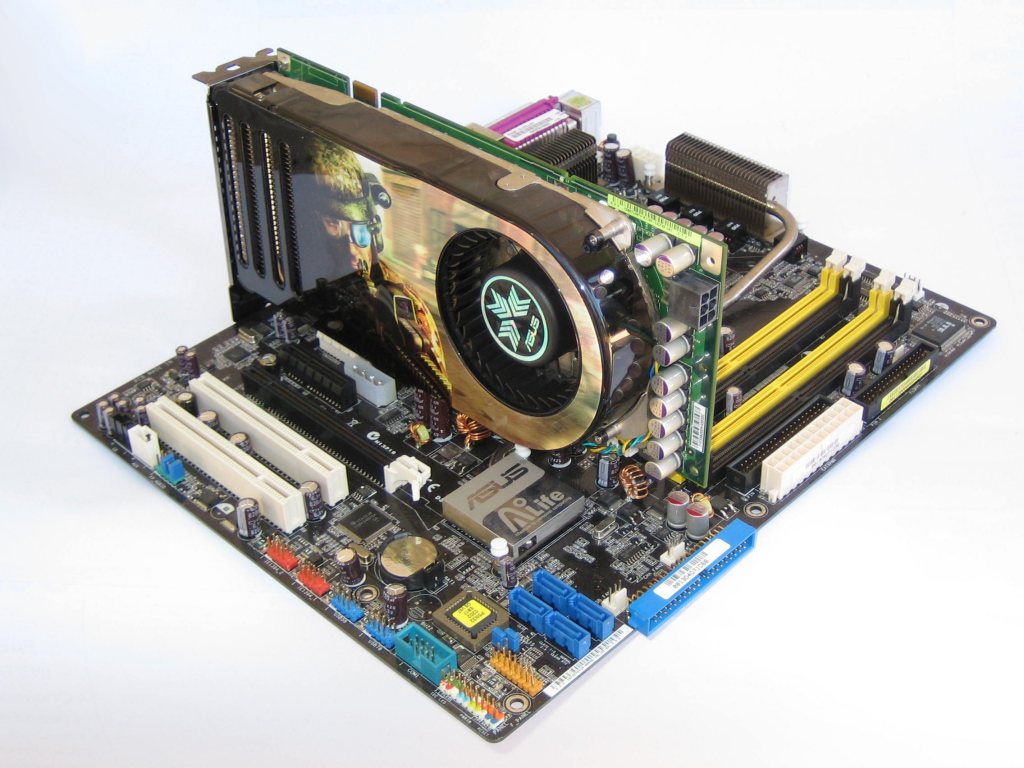Final thoughts
The GeForce 8800 GTS 320MB edition is quite simply an excellent buy at $300, offering a level of performance never seen in this price bracket before. Although the Radeon X1950XTX has dropped down to the $300 mark, it's still not a match for the GeForce. Then there is the fact that the 8800 GTS 320MB is a DirectX 10 graphics card, allowing better support for future titles.
But there still remains the question of which product is the better buy between both 8800 GTS boards. Currently the average 640MB 8800 GTS costs $100 more, which is about a 33% hike in price when compared to the 320MB version. The majority of games we tested showed a 20% or less performance loss at 1600x1200 with AA/AF settings enabled.
 |
 |
|
 |
 |
Frame rates in Prey dropped as much as 28% when using the 320MB card, and F.E.A.R. lost a staggering 62% of the original frame rate set by the 640MB card. Clearly those that plan on playing intense first person shooters at high resolutions, will be much better off spending the extra $100. However, those limited to a resolution of 1600x1200 or less are probably better off saving their money and getting the cheaper 320MB 8800 GTS.
The positive aspects of this product in a nut shell are the excellent performance, great stability, reasonably low operating volume (particularly for a high-end graphics card), extreme visual quality and native PCI Express support (SLI).
With most major graphics card vendors selling very similar cards, we also liked that the ASUS board sold below the average price at around $310, which includes a somewhat generous game bundle with full versions of Race - The WTCC, and Ghost Recon: Advanced Warfigher. Unless you can find another GeForce 8800 GTS board selling for a considerably lower price, there is no reason not to pick this ASUS card first.
